Everything about The Everest is big — and we are talking about a thoroughbred race, not the world’s highest mountain.
There’s the pile of cash, all $13 million of it. The Everest prizemoney is nearly double the Melbourne Cup. In fact, there is no turf race anywhere that boasts this sort of prizemoney.
To buy into the race costs a cool $600,000, and this is a per annum fee over three years. Remarkably, the 12 slots sold within a month or so of going on the market and there are buyers knocking on the door wanting in.
It was only a matter of weeks before all 12 slots were sold at $1.8 million each
The race attracts only the very best sprinters in training. The first seven sprinters to secure a slot for the October 13 race at Royal Randwick have won Group 1 races this season.
But what The Everest has that makes this race so compelling is hype. Plenty of hype. The racing industry usually embraces innovation at glacial speed but The Everest’s impact has been immediate. This race is a game-changer.
The interest this race garners both domestically and internationally is something promoters of other races, and other sports for that matter, can only dream of.
The Everest is promoting Sydney and Australian racing like nothing the sport has seen before, which only proves why this is such a brilliant and exciting concept.
When a sprinter wins a feature race, almost inevitably the first question posed is whether the horse is going to make an assault on The Everest.
Racing NSW chief executive Peter V’landys, the driving force behind The Everest’s introduction last year, realised the race’s potential for publicity before anyone else.
“I was attracted to the race for one reason — it was going to generate publicity,’’ V’landys says. “The negotiations between the slot-holders and owners was always going to create interest, intrigue and controversy.
“I haven’t been surprised that the race would create so much interest in Australia but it has surprised me how much interest there is internationally.
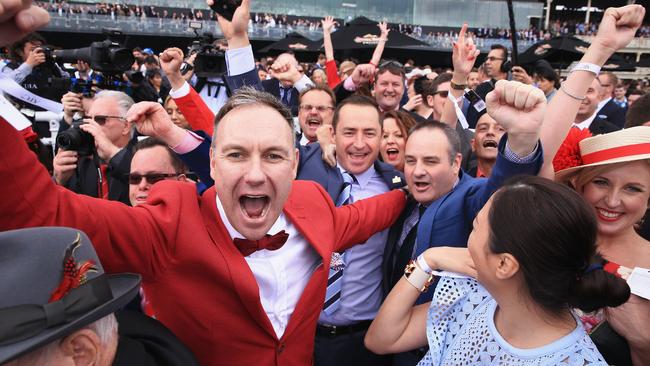
“At Royal Ascot last month, they were talking about The Everest after every good sprint race. In America and Japan they are talking about it. The race is a juggernaut.’’
The Everest is modelled on the US Pegasus World Cup, which was run for the first time in Florida last year.
The race’s unique format required 12 shareholders to each pay $US1 million to purchase a slot (starting position) in the race for a then unspecified horse. The slot-holder then has the right to race, lease, contract or share a starter, or even sell their slot.
The Everest attracted initial criticisms but this was primarily borne out of ignorance because the race’s foreign concept was widely misunderstood.
This isn’t an event that the racing industry finances. Instead, it is paid by “investors” who can see The Everest’s marketing and advertising potential, or those who feel the prizemoney and prestige of the race command their involvement.
The reason we decided on the 1200m distance is to play to our strengths. What are the Australian thoroughbred industry strengths? It is with our sprinters
Initially, there were concerns few if anyone would be prepared to pay $600,000 for an Everest slot, or $1.8 million for three years to be precise, but it was only a matter of weeks before all 12 slots were sold.
In fact, each of the 12 slot-holders have already exercised their option for a fourth year, meaning the race is basically fully funded and here to stay.
The slot-holders are a varied lot — there are public companies, studs, an international breeding giant, leading owners, even a Chinese billionaire.
There is no rule book when it comes to playing The Everest “game”, either. The strategy of selecting a horse comes down to the individual. It’s been likened to someone buying a Formula 1 team then searching for a driver to maximise the chances of success, or an NBA or NFL owner purchasing the franchise then picking the players.
Slot-holder Aquis was the first to make its move this year, selecting crack colt Trapeze Artist to run in The Everest after the sprinter won his third Group 1 of the season in the All Aged Stakes in April.
Aquis chief executive Shane McGrath gave an insight into why he wanted the Queensland-based breeding firm to be involved in The Everest when he said the race wasn’t just a hot topic in Australia.
“The recognition that The Everest has got worldwide is a big factor in terms of our marketing of Aquis Farm,’’ McGrath says.
The TAB then swooped on In Her Time, while Chinese billionaire Yuesheng Zhang secured Redzel, last year’s Everest winner.
Brave Smash, who ran third in The Everest behind Redzel, has forged an alliance between the nation’s two most outstanding trainers, Darren Weir who prepares the sprinter and slot-holder Chris Waller.
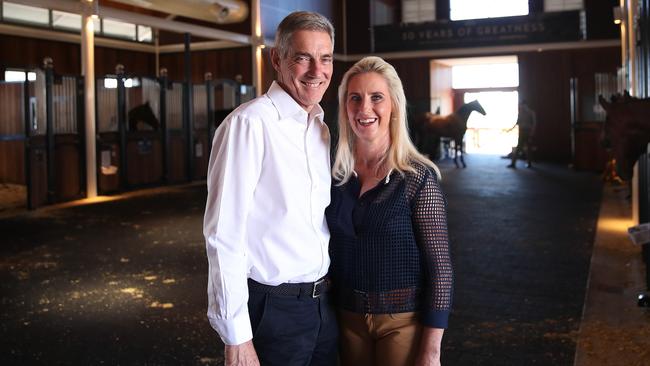
The Star Entertainment Group has triple Group 1 winner Shoals, owner-breeder Damion Flower went for outstanding mare English and, two days ago, auctioneering firm Inglis locked in Santa Ana Lane, also a three-time Group 1 winner this season.
This leaves just five Everest positions to be filled. The slot-holders who haven’t blinked yet are owners Max Whitby and Neil Werrett, Australian Turf Club, Greg Ingham’s GPI Racing, worldwide breeding powerhouse Coolmore and last year’s Everest slot-holder winner, syndicator James Harron.
Inglis chief executive Mark Webster, who announced Santa Ana Lane for their slot earlier this week, said The Everest concept was something his firm wanted to become involved with.
We want The Everest to increasingly influence international involvement in Sydney
“Inglis, as a company, loves innovation and The Everest had the potential to capture the imagination of the Australian public and we feel it has delivered,’’ he says.
“I applaud Racing NSW and Peter V’landys for being bold and we felt compelled to support the concept to get it off the ground.
“We also feel it gives Inglis a unique marketing opportunity to support our clients by nominating an Inglis graduate to represent us each year.’’
The Everest differs from the Pegasus World Cup in two other important areas — V’landys decided slot-holders had to buy into The Everest concept for three years rather than one to ensure the race had longevity, and the race distance is over 1200m compared with 1800m in the American race.
“The reason we decided on the 1200m distance is to play to our strengths. What are the Australian thoroughbred industry strengths? It is with our sprinters,’’ V’landys says.
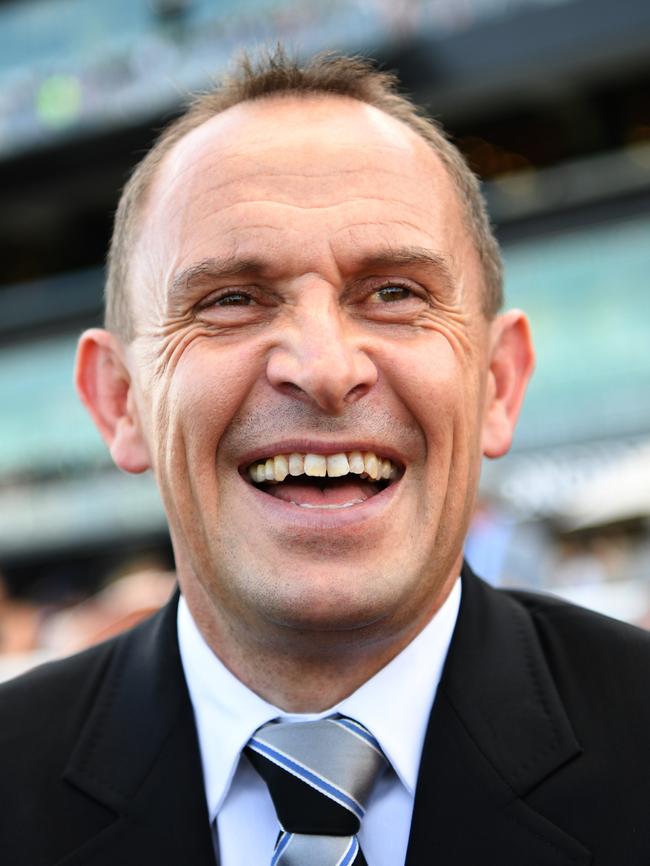
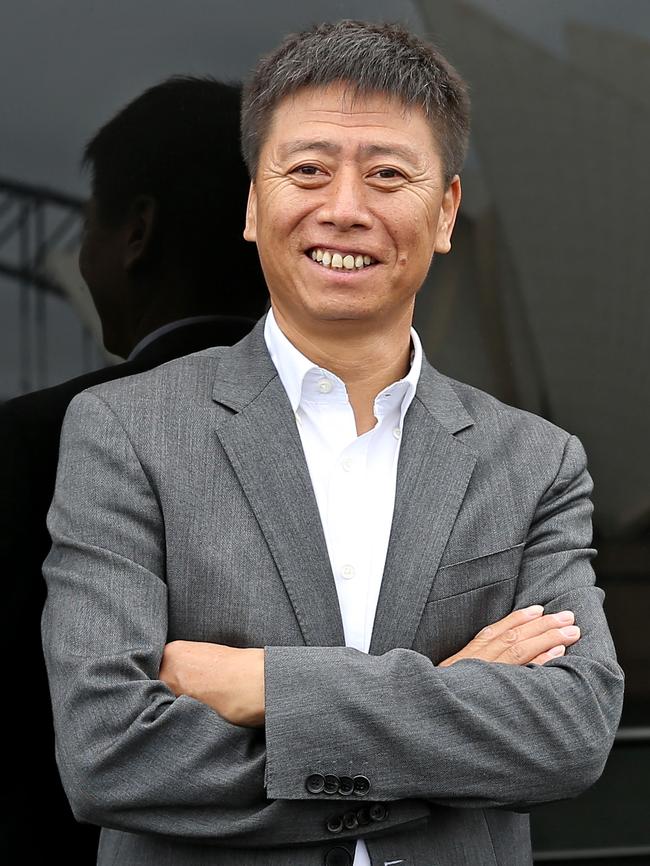
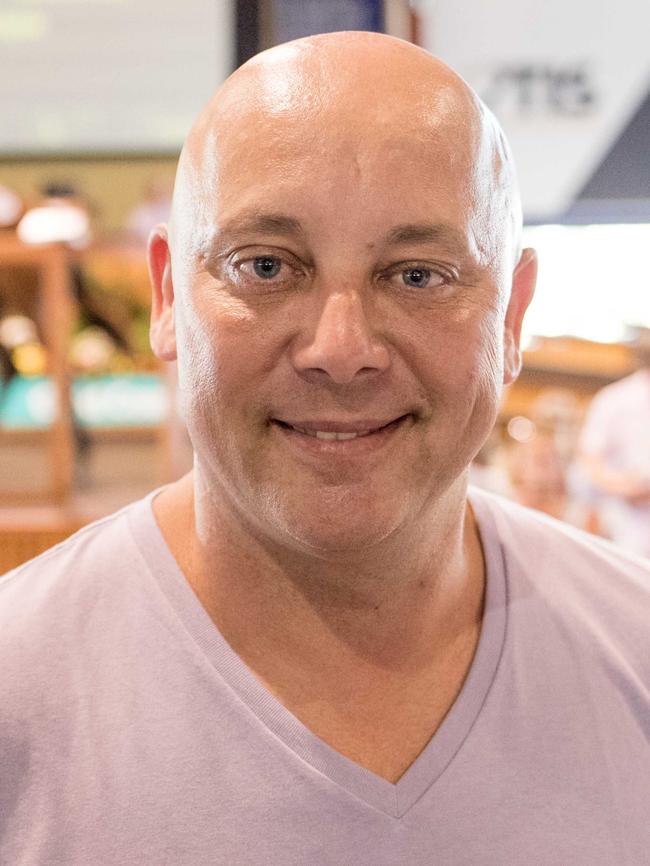
Australian Turf Club chairman Laurie Macri says that from the board’s first discussions about being a slot holder, “we wanted to make sure we played a part in getting the best horses in the field”.
“We wanted to make sure all horses, owners and trainers had a chance for a slot, not necessarily just the biggest or most powerful players in racing,’’ Macri says.
“As it has turned out, the trading and competition amongst slot-holders for horses has been exceptionally productive for the quality of the race.
Our second primary driver was to ensure we had a race in the spring that Sydney could call its own, especially with such a unique concept, and holding a slot allows ATC to play our part in giving our racing international exposure.’’
ATC, which hosts The Everest on famous Royal Randwick in 98 days time, is still to announce its runner but the club is leaning to attracting a Northern Hemisphere-trained sprinter.
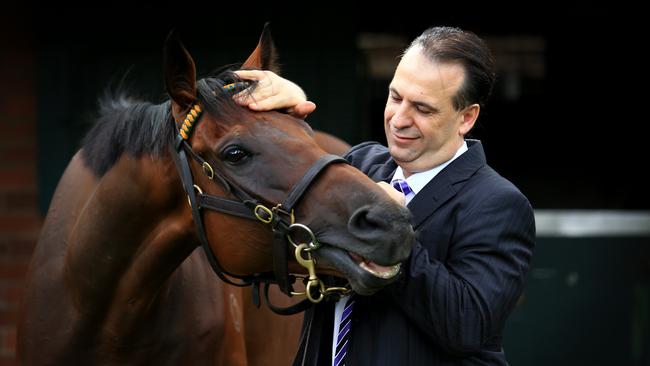
“Our first strategy is to partner with a horse that we think can win the race,’’ says ATC general manager racing James Ross. “But one of our prime drivers is to further internationalise The Everest and Sydney racing.
“Our partnership with Australian Bloodstock and Brave Smash ridden by UK jockey Jamie Spencer last year has generated extra activity from international owners in both Europe and Japan and some of the biggest global breeding operations.
“We want The Everest to increasingly influence international involvement in Sydney racing in the spring and then also the autumn. We also want our runner to give the ATC’s membership base a chance to be on The Everest journey with us.’’
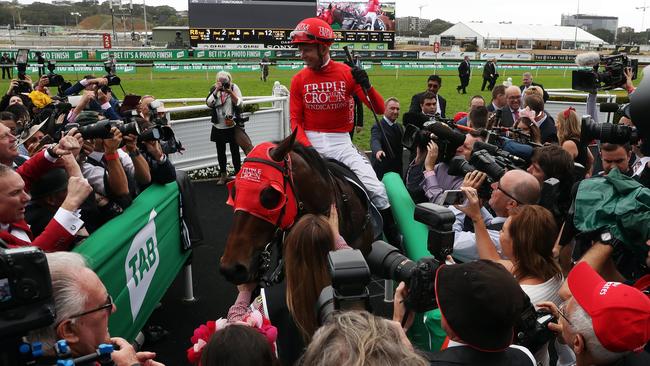
Despite more than half the Everest field now being confirmed, Harron isn’t rushing into a decision on which sprinter he will choose.
“I think we are in good shape and we can afford to wait,’’ he says.
“We are watching all the contenders very closely, learning as much as we can. There is no rule book about when you have to make a choice; we are happy to wait.
“This race draws the best sprinters in the world for the biggest prizemoney. In my view it is the clash of the sprinting titans. My owners wanted to secure a syndicated slot because we felt it was something we could not afford not to be a part — The Everest is something very special.’’

Add your comment to this story
To join the conversation, please log in. Don't have an account? Register
Join the conversation, you are commenting as Logout